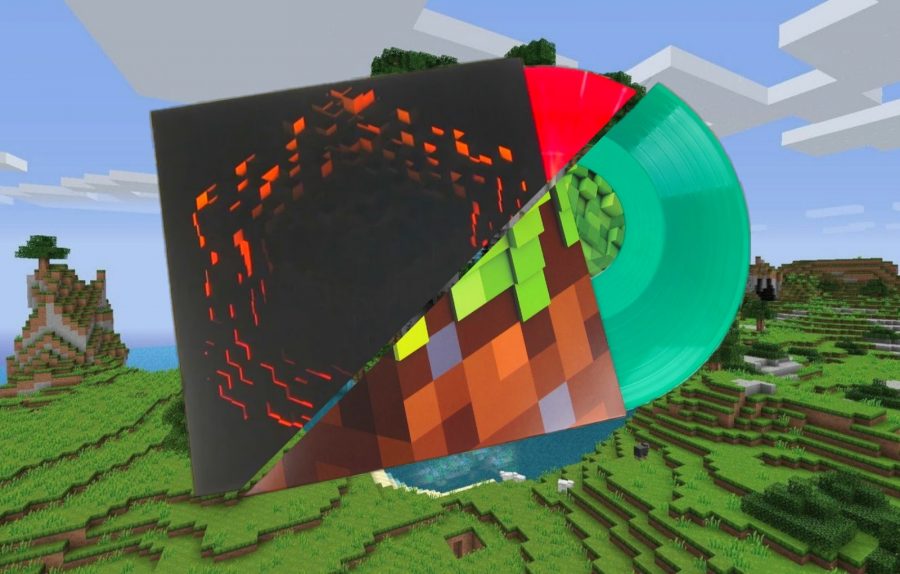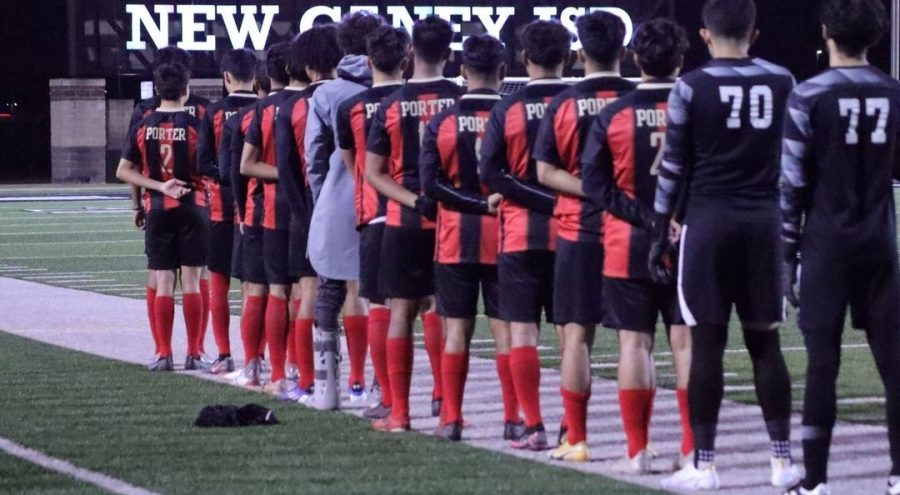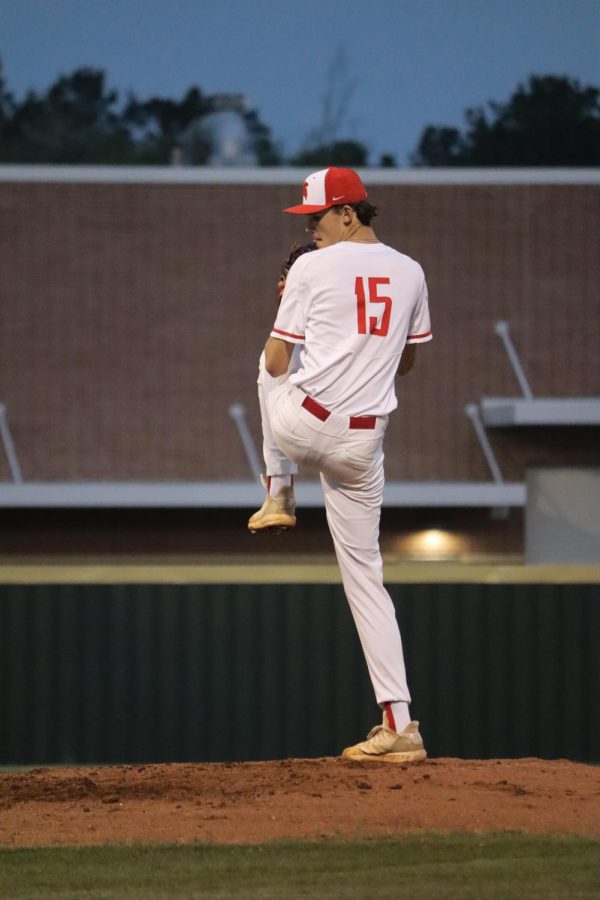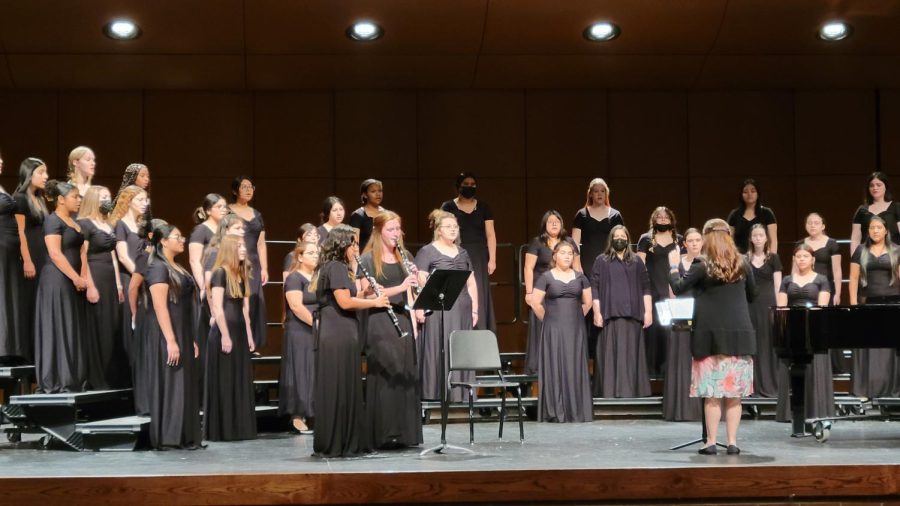Like the music in an album one may listen to, there will always be a feeling of satisfaction when you finally reach the grand end of it all. Whether an album of a personal favorite or the music of a long-gone composer, the one thing that remains constant with music is the feeling and experience it may evoke; Video game soundtracks are no different in this aspect and have had a long history of some of the now greatest composers making some of the most memorable pieces of music in video game history. Minecraft, a game where the player’s goal can be of endless possibilities, does not shy away from this. Even in its creation process, Daniel Rosenfeld, also known as C418, the composer behind Minecraft’s soundtrack, has created what may not only be the greatest soundtrack in all of video game history but perhaps one of the most significant pieces of music in the last decade.
In the game, a majority of the player’s experiences will be built upon finding resources, building, and exploring. Alone, although still very enjoyable, is not what makes the game as immersive as it is, as when paired with the soundtrack, the game becomes a landscape of ambient heaven. Tracks like, “Wet Hands”, “Mice on Venus”, and, “Minecraft” is a few of the more prominent tracks that play throughout the game, and it is important to note that the music is not playing throughout every single second of the game, but instead, sprays bits and pieces throughout the gameplay to make it almost feel as if the music is coming from the world itself; Similar to how one would hear noises in an open forest, the music serves as a replacement for those noises. Another aspect to consider about this is that because the music is never constant, it allows the player to not only form an attachment to certain moments of the game, but an attachment to the game itself since a majority of the soundtrack evokes a sense of nostalgia for many of its player base. The melancholic melodies in a majority of the tracks are what allows the soundtrack to be as impactful as it is, and coming from someone who has played the game since its early formative years, it has planted itself throughout many of my memories.
The soundtrack itself is split into two parts, Alpha, the original and first part of the soundtrack and the more cheerful version of the two, and Beta, the second part of the soundtrack that includes some of the game’s more mature tracks such as, “Dead Voxel”, and, “Concrete Halls”. These both bring out very similar feelings of nostalgia when listened to, however, they are completely different musically.

Alpha, although the soundtrack most players hear more, does not include the entirety of one key set of tracks that the player will find throughout the game: the music discs. Music discs are items you can find in your walkthrough at varying points, 13 currently exist in the game, and when inserted into the jukebox item in the game, allows the player to hear music that honestly, seems like they do anything but belong in the world of Minecraft. A few of the discs take an 8-bit techno approach to the game, such as, “Cat”, “Wait”, and “Blocks”, while some have an organ echoing through and jazz influences, tracks being, “Stal”, “Mellohi”, and “Ward”. Each disc is also meant to symbolize different aspects of the game, for example, “Pigstep”, the latest disc addition to the game, serves as the theme for the hell dimension in the game, the Nether; appropriately named to represent the Piglin creatures that roam the dimension. Speaking of the Nether, when the dimension came into fruition, C418 had decided that the dimension deserved its own soundtrack to represent the grim and fiery nature of the Nether; later, the tracks, “Concrete Halls” and “Dead Voxel” were born, both now being staples of the dimension’s soundtrack. Concrete Halls specifically, does an excellent job, as it not only reflects the difficult nature of the world but that even in the safest places of the dimension, danger lurks around every corner; the song even fades out with the echoes of a Ghast crying out, one of the Nether’s most dangerous creatures.
One track, however, that stands out above the rest even when considering the entire soundtrack as a collective, is the track titled, “The End”. Beginning with the same familiar melody you hear throughout multiple tracks in the game, the track slowly gets louder and louder and turns into a mess of an absolute distortion. The familiar melody fades out into a computerized wave of noise until eventually all that’s left is the echoes of an empty world; for which I am of course talking about, the game’s third dimension, the End. The End is the player’s ultimate goal in the game and is where a dragon awaits for the player to slay, and only when the player does so are they able to explore the floating End Islands and End Cities, which are some of the most barren and open places in the game. A material named Endstone covers most of the terrain, with the sky and abyss being a pure pitch black that makes traveling through the dimension not only difficult but in some ways poignant. The track, “The End” not only signifies the emptiness of the dimension as a whole, but it signifies something much larger than the game itself.
When the player has beaten the dragon and enters this portal in the middle of the floating island, they are met with the end credits of the game and a long poem as a part of it. What exactly the poem entails has been debated since its early addition into the game, however, one popular idea is that the poem speaks about the reality that is life and how once one is aware of it, one begins to understand how repetitive it can truly be. “And the game was over and the player woke up from the dream. And the player began a new dream. And the player dreamed again, dreamed better. And the player was the universe. And the player was love.” Minecraft serves as an escape from our reality; a reality that many are unhappy with and the poem’s description is discussing the inevitability of having to tackle that exact issue. Video games have always been an escape, and it’s also part of an endless cycle that serves as a temporary solution to a problem we will have to come to fully realize and deal with, and the track, “The End” encompasses this perfectly. The player has reached the end of the game, and when they have finally completed that ultimate goal, they are met with this beautiful wave of distortion booming throughout the world; a song that pushes us to tackle the harsh aspects of life head-on and to move forward beyond the game.
This exact message coupled with the timeless soundtrack has not only left an otherwise permanent footprint on its player base but a mark on video game soundtracks as a whole. C418 has not only created a video game soundtrack but with Alpha and Beta, he has created a new kind of experience, one that to this day, continues to affect the development of modern video games. Soundtracks now are able to not only serve as background music for the player but if done right, they can help the player fully immerse themselves in a world full of endless possibilities.








